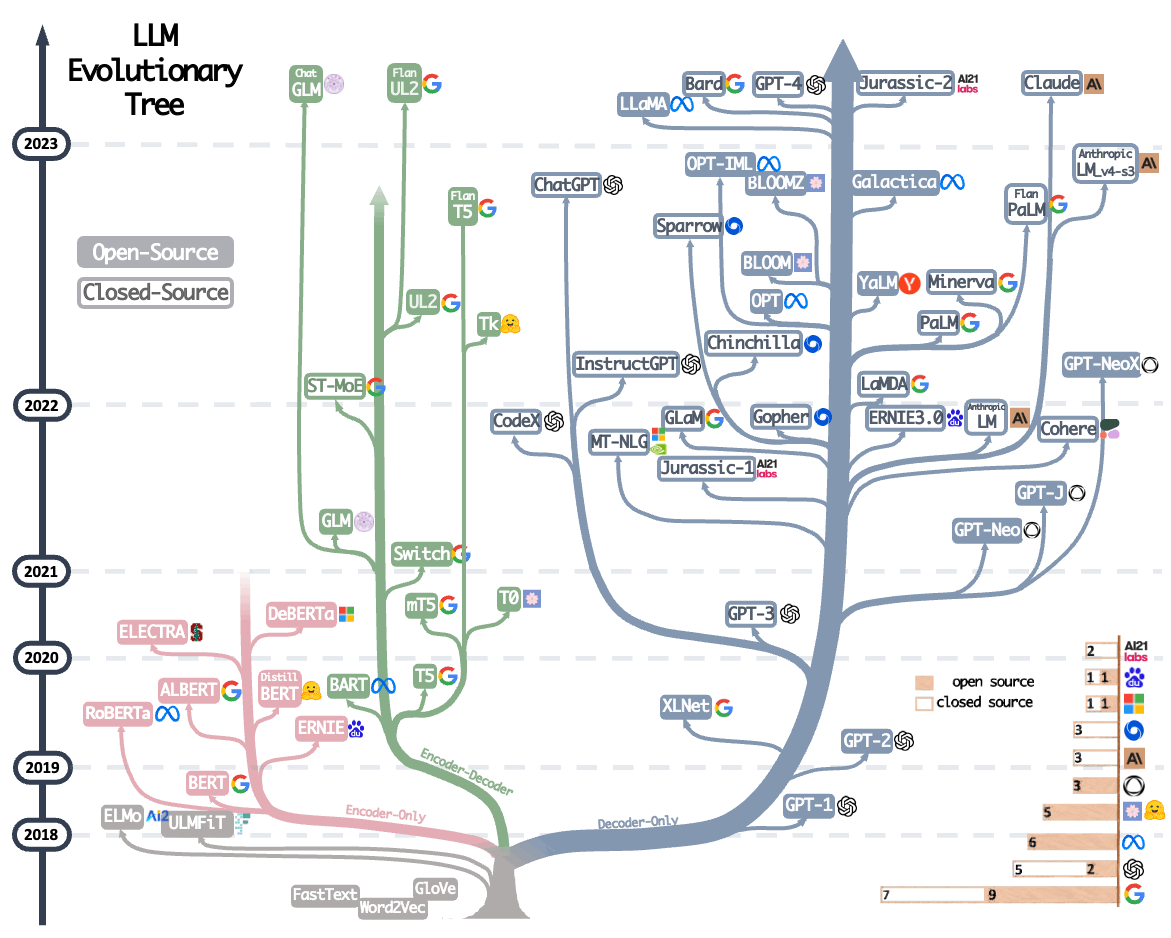Harnessing the Power of LLMs in Practice: A Survey on ChatGPT and Beyond
This paper presents a comprehensive and practical guide for practitioners and end-users working with Large Language Models (LLMs) in their downstream natural language processing (NLP) tasks. We provide discussions and insights into the usage of LLMs from the perspectives of models, data, and downstream tasks. Firstly, we offer an introduction and brief summary of current GPT- and BERT-style LLMs. Then, we discuss the influence of pre-training data, training data, and test data. Most importantly, we provide a detailed discussion about the use and non-use cases of large language models for various natural language processing tasks, such as knowledge-intensive tasks, traditional natural language understanding tasks, natural language generation tasks, emergent abilities, and considerations for specific tasks.We present various use cases and non-use cases to illustrate the practical applications and limitations of LLMs in real-world scenarios. We also try to understand the importance of data and the specific challenges associated with each NLP task. Furthermore, we explore the impact of spurious biases on LLMs and delve into other essential considerations, such as efficiency, cost, and latency, to ensure a comprehensive understanding of deploying LLMs in practice. This comprehensive guide aims to provide researchers and practitioners with valuable insights and best practices for working with LLMs, thereby enabling the successful implementation of these models in a wide range of NLP tasks. A curated list of practical guide resources of LLMs, regularly updated, can be found at \url{https://github.com/Mooler0410/LLMsPracticalGuide}.
PDF Abstract


